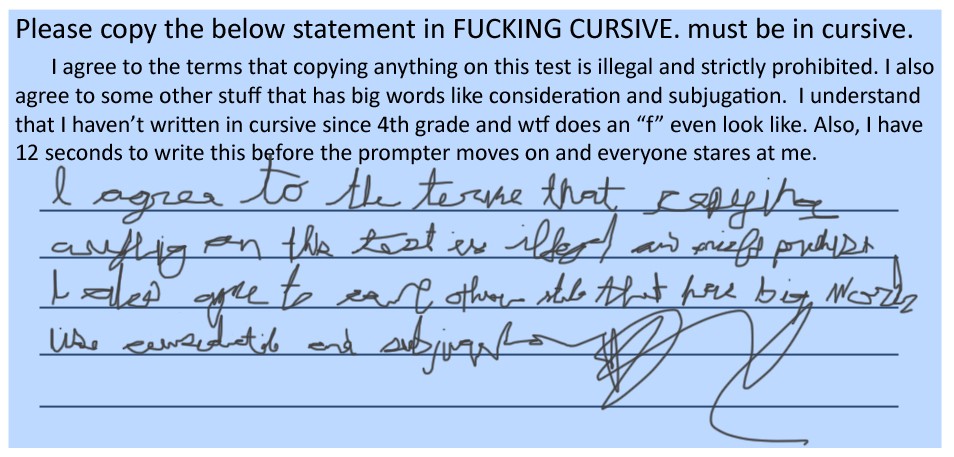Migrating times
Whenever you make a permanent change to the database in Rails, you’re supposed to make what they call a migration. It’s like versions for your database, so that whenever you screw up, you can always just backtrack to a version that still works. Until recently, these migrations would be numbered sequentially, like zero, then 1, then 2. But now they’ve decided to use the date and time as your migration number, so they end up looking like 201105071935261. So what happens now? When somebody looks at your code, they’ll notice all you do on Friday nights is work on your programming projects, and considering the common self-conscious, socially-inept programmer stereotype, this could be a problem.
What’s the deal here? These timestamps bring a personal touch to Rails projects. Instead of imaging some invisible omniscient entity that writes code from his watchtower in the clouds, these timestamps say something about the programmer. Thursday at 1PM: he must be slacking off at work, or perhaps he’s unemployed. Sunday night 11:30: it’s probably just a hobby for him. Maybe this is their way of telling programmers to get out of the house, once in a while.
- I do realize that this improves public repository merging. ↩︎

